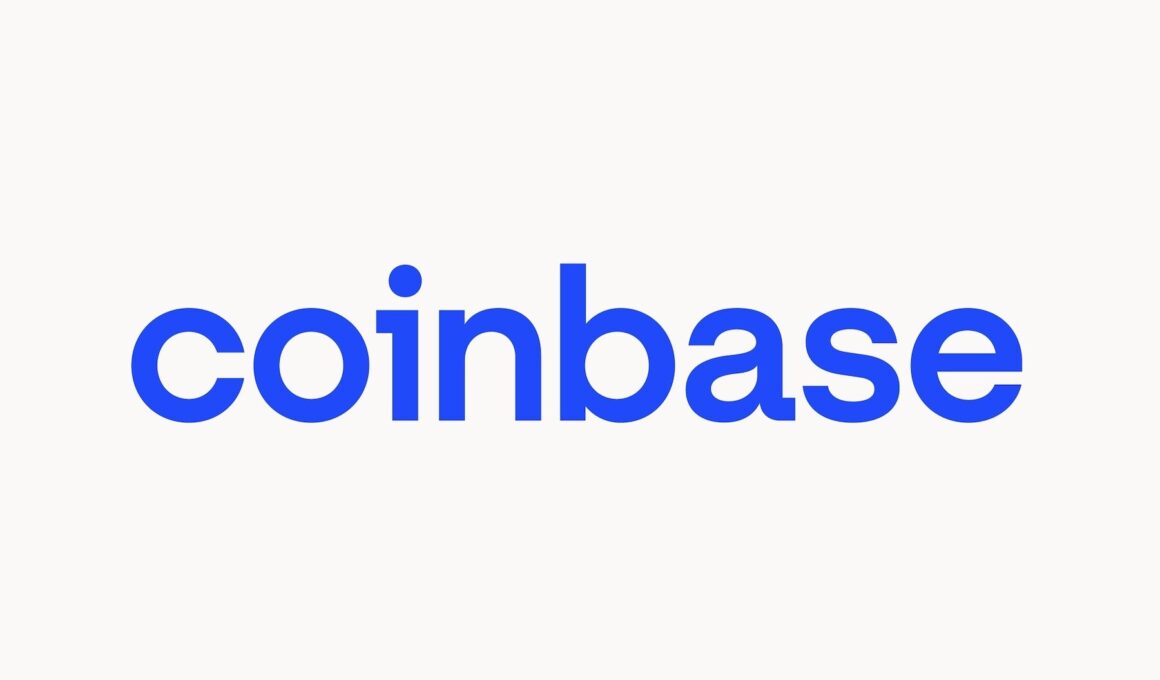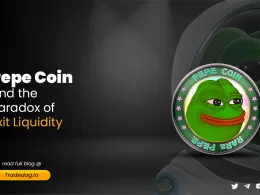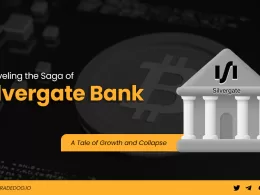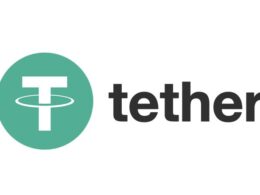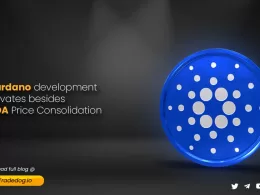Coinbase, one of the world’s largest cryptocurrency exchanges and wallets, announced on Tuesday that it will be delisting four digital assets from its platform. The affected coins are XRP, Bitcoin Cash, Stellar’s XLM, and Ethereum Classic. According to Coinbase, the decision was made due to a lack of “use cases” for cryptocurrencies.
This announcement is sure to stir up controversy within the crypto community, as many investors see these assets as promising opportunities. What does this move mean for the future of Coinbase and its users? In this blog, we will be highlighting the reasons why Coinbase chooses to delist coins that are part of the Top 100 cryptocurrencies list in the world.
Official Announcement from Coinbase
America’s largest exchange announced on Tuesday that beginning January 23, it will no longer support Bitcoin Cash (BCH), Ethereum Classic (ETC), Ripple (XRP), or Stellar (XLM) on Coinbase Wallet. Coinbase stated that the decision was made “due to low usage” of the platform’s assets. Coinbase Wallet is a self-custody phone app comparable to other software wallets such as MetaMask, but with a broader range of crypto asset support.
According to Coinbase’s announcement today, users will no longer be able to buy, sell, send, or receive assets through this app beginning next year. Users will remain able to access the coins and tokens through the exchange. Despite the fact that Coinbase has removed the assets from its wallet product, users will be able to recover them through their recovery phases.
A Brief on Delisted Coins
Bitcoin Cash (BCH) is a cryptocurrency that was created as a fork of the Bitcoin blockchain. While both Bitcoin and Bitcoin Cash share a similar underlying architecture, Bitcoin Cash was designed to provide certain advantages over its predecessor. One of the most significant differences is that Bitcoin Cash supports larger block sizes, which allows for more transactions to be processed per block. This enables Bitcoin Cash to offer faster and more affordable transaction fees than Bitcoin.
Ethereum Classic (ETC) came into existence as a result of a hard fork on the Ethereum blockchain in 2016. It allows developers to build and deploy smart contracts—autonomous, self-executing code blocks that trigger certain actions based on predefined conditions.
Stellar (XLM) is a decentralized network created in 2014 with the purpose of connecting the world’s financial systems and ensuring a protocol for payment providers and financial institutions. The network officially launched in 2015.
Ripple (XRP) is an open-source permissionless and decentralized technology that enables the transfer of value across the globe. Built on a distributed ledger architecture, the XRPL provides a scalable and secure platform for digital asset transactions.





